Violet Le Pauline Viardot, characteristics of the variety, description and photo, care rules
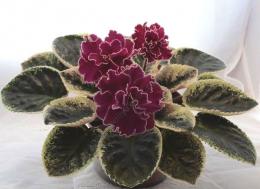
The Le Pauline violet variety is considered one of the most capricious species of the Gesneriev family.
It is the external characteristics of the plant that make this variety in demand among gardeners, both professionals and amateurs.
Content:
Violet Le Pauline Viardot photo and description
Saintpaulia Le Pauline Viardot has its own characteristics. The flower is quite demanding in terms of keeping conditions, it needs regular care, it is important to maintain its usual climate and temperature, only in this case the violet will delight the eye of its owner with its bright color and presentable appearance.
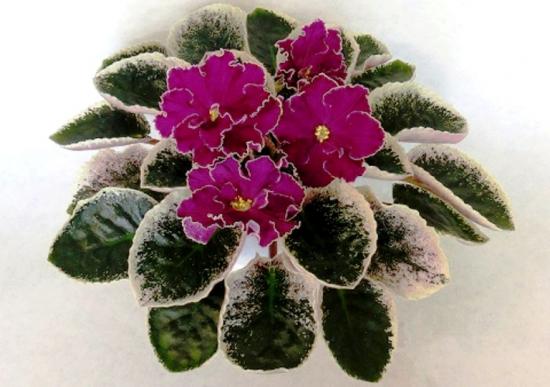
In the description of the plant we will indicate its most striking signs and characteristics:
- Standard size, symmetrical rosette.
- The leaves are compact, located downwards, so they hang over the edges of the flowerpot, giving the flower an unusual appearance.
- The inflorescences are quite large in size, with a total diameter of eight centimeters. They are similar in shape and appearance to a star. They can be terry, semi-double or simple.
- The color of the flowers is beetroot or wine red; there is a beautiful white border on the edge, which makes the flower presentable and sophisticated.
Reproduction is carried out by children, no more than two of them are usually formed on one bush, or by leaf cuttings.Children grow much slower, some of them mutate and create individual colors.
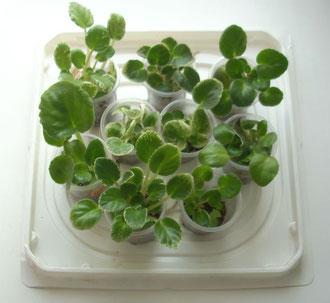
When the first formation and opening of buds occurs, small inflorescences are observed. But the next time the flowers become larger and larger, gradually gaining the usual size for this variety.
The peduncles are strewn abundantly, but this does not allow creating cap blooms, since each peduncle has from one to three flowers. But since the flowers are large, the blooming of even one bud looks very beautiful and that’s enough.
Due to their large size, the inflorescences may tilt down and be at the same level with the leaves, but if the flower grows stronger and matures, and it receives proper lighting and care, this will not happen.
We invite you to watch an interesting video about the violet Le Pauline Viardot:
History of appearance
This type of violet was grown in the city of Vinnitsa; it was bred by Elena Lebedeva, a well-known specialist and breeder in her city.
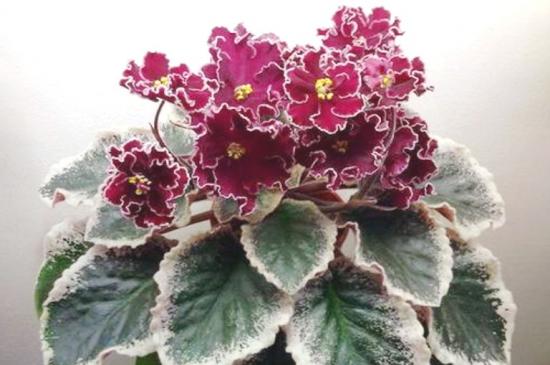
The variety appeared recently, in 2012, and quickly gained popularity. The plant was named after Pauline Viardot, the famous Spanish-French singer, who is also known for her romantic relationship with Turgenev.
Sports and their features
Thanks to breeders, a huge number of different types of violets have been bred, which amaze with their color palette and shapes. Usually, during propagation, maternal genetics are transmitted by shoots, resulting in beautiful varietal plants.
But there are cases when sporting occurs, the children mutate and do not resemble the mother bush. In this case, the variety is called sport; in terms of external indicators, it can be better and more beautiful, or vice versa.
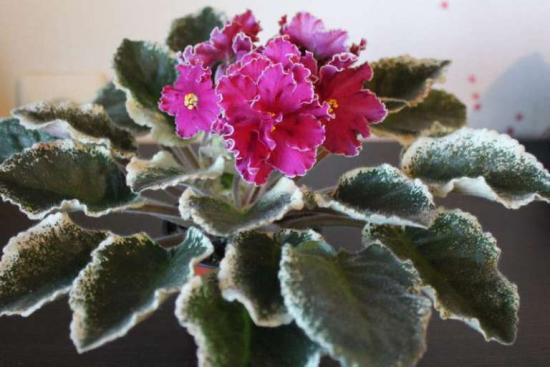
This manifests itself as follows: if a varietal flower has a beetroot color, then the sport can have blue, light blue and pink flowers, and sometimes several shades at the same time. The shape of the leaves and their color also change.
It is impossible to describe exactly what kind of sport will turn out in each individual case. During a mutation, completely unpredictable changes can occur.
Care
Viardot's violet is very capricious, therefore, to achieve a lush rosette and abundant flowering, it is important to follow some rules:
- monitor the lighting;
- maintain temperature;
- choose a suitable flowerpot;
- Water and fertilize regularly.
Saintpaulia needs lighting twelve to fifteen hours a day. It is especially difficult to create optimal conditions from mid-November to early March; in this case, it is necessary to install additional lighting using LED or fluorescent phytolamps.
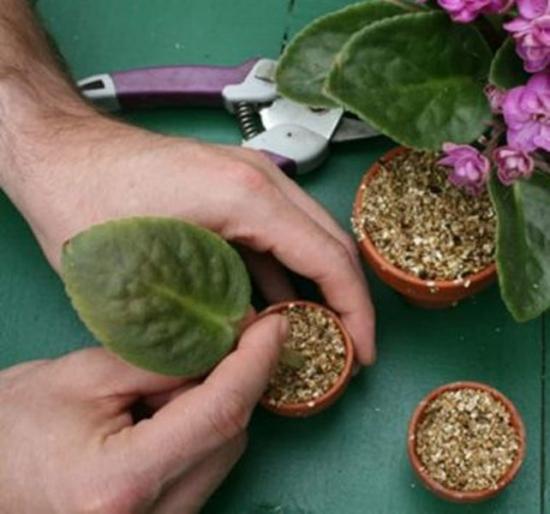
Violet does not like spacious pots. Therefore, for growing, you need to choose a compact flowerpot, the diameter is several times smaller than the flower rosette. The ideal option is a pot of seven to eight centimeters in diameter.
Particular attention should be paid to watering. The plant does not like waterlogging or even excess water.
Excessive filling leads to rotting of the root system, bacteriosis and complete death of the flower. It is necessary to avoid waterlogging of the soil even in the hot season.
When watering, the following conditions must be met:
- use filtered or settled soft water, water temperature is room temperature;
- if your area has hard water, you need to buy a softener or dilute half a small spoon of oxalic acid in six liters of water;
- half an hour after watering the plant, it is worth removing excess liquid from the pan, this will protect the roots from rotting.
The first time fertilizer is introduced after replanting the flower or 30 days after its purchase. Mineral products are used as fertilizing.
Since the flower is capricious, it is worth purchasing ready-made fertilizers and introducing them in accordance with the instructions. Most often they use Royal Mix or Camera Lux.
The optimal temperature for the plant is considered to be plus 12, plus 24 degrees. If the room temperature is above +25, the flower will begin to hurt, this will affect its external indicators.
So, Le Pauline violet is an incredibly beautiful plant. If you take a responsible approach to growing and caring for a flower, then once a year it will thank you with lush buds.
Let's watch another useful video about Le Paulin's violet:

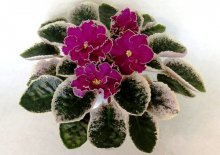
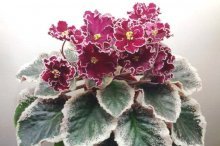
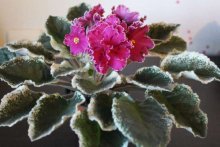
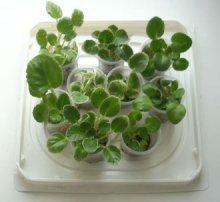
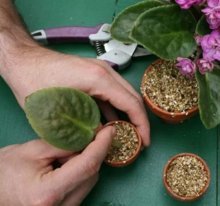
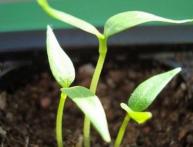
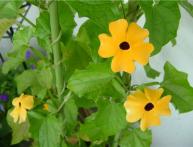
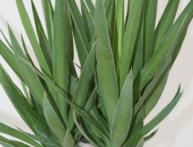

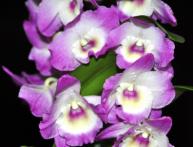
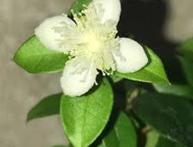
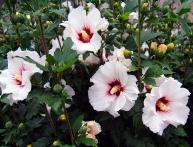
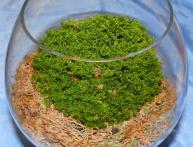
Comments
A very beautiful flower, but is it really necessary to strictly follow such strict rules with watering, fertilizing and lighting the plant? Violets, of course, are whimsical flowers, but this variety surpasses all others.
I have this variety in my collection. I take care of it like I do other violets and so far the flower is doing great.
It blooms, the leaves do not turn yellow, the sores do not cling. Therefore, probably not such a whimsical variety
Although this variety does not like to bloom, it is also good for its leaves. They are special in this variety, with edging, lush and attractive in appearance. However, with experienced gardeners, violets bloom well.